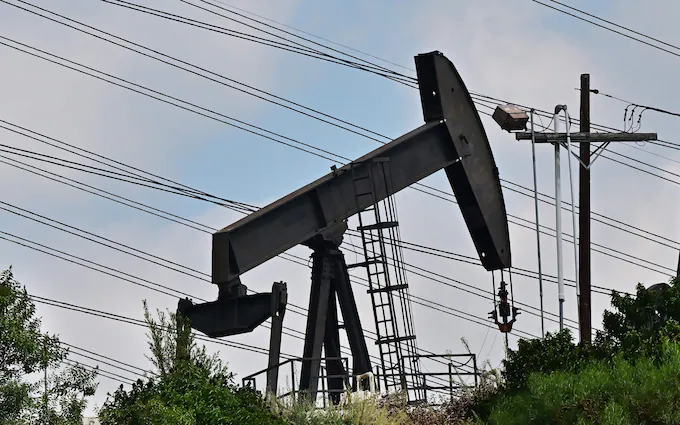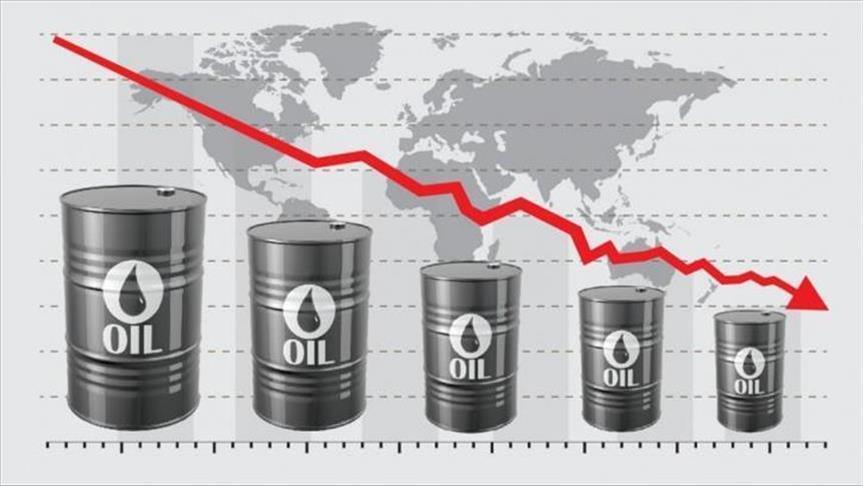Oil prices extended their losing streak for a third consecutive day, plunging nearly 3% to their lowest levels in three years amid mounting concerns that U.S. President Donald Trump’s trade war could slow economic growth and weaken crude demand.
Brent crude, the global benchmark, dropped to $68.33 per barrel on Wednesday, marking its lowest price since December 2021. Meanwhile, West Texas Intermediate (WTI), the U.S. benchmark, tumbled over 4% to $65.22 per barrel.
The sharp decline followed a report from the U.S. Energy Information Administration (EIA), which revealed a larger-than-expected rise in American crude inventories. Stockpiles increased by 3.6 million barrels in the past week, surpassing analyst forecasts and intensifying fears of an economic slowdown. Market concerns deepened after Trump confirmed new trade tariffs on Canada, Mexico, and China earlier in the week.
“The key worry for markets at the moment is Trump’s tariffs, the retaliation from affected countries and what will happen next,” said Callum Macpherson, head of commodities at Investec. He warned that crude prices were “at risk of a deeper correction.”

Adding to the downward pressure, OPEC+ announced on Monday that it would move forward with a previously delayed plan to ramp up oil production starting in April, ending years of supply cuts. The decision means eight member countries, including Saudi Arabia and Russia, will collectively boost output by 120,000 barrels per day in April and by a total of 2.2 million barrels per day over the next 18 months.
OPEC+ has consistently implemented production cuts in recent years to prop up crude prices, often ignoring U.S. requests to increase supply and lower fuel costs. Currently, three separate rounds of production cuts have left the group producing nearly 6 million barrels per day below its total capacity—equivalent to about 6% of global supply.
Saudi Arabia has borne the brunt of these reductions, cutting its production by 2 million barrels per day over the past two years. In September, the Financial Times reported that Saudi officials were preparing to restore output for the first time in years, even if it led to prolonged price weakness.
Amrita Sen of research group Energy Aspects noted that WTI’s price drop triggered additional selling pressure, as U.S. producers who had hedged their price exposure with put options saw those contracts come under stress. “Liquidity and growth fears have been weighing on broader sentiment that has dragged crude below key price levels and have now triggered further moves downwards,” she said.


 Trending
Trending 